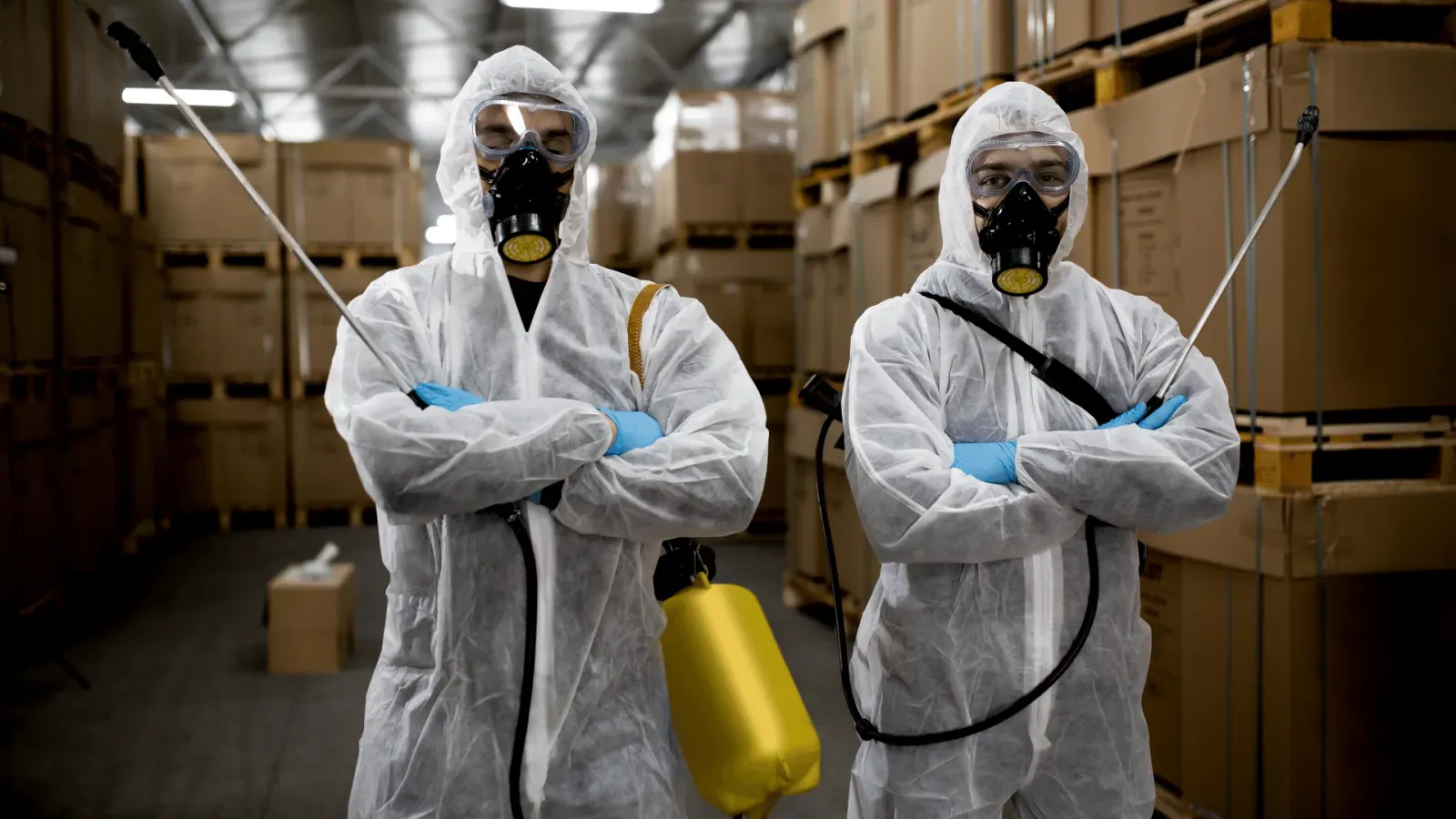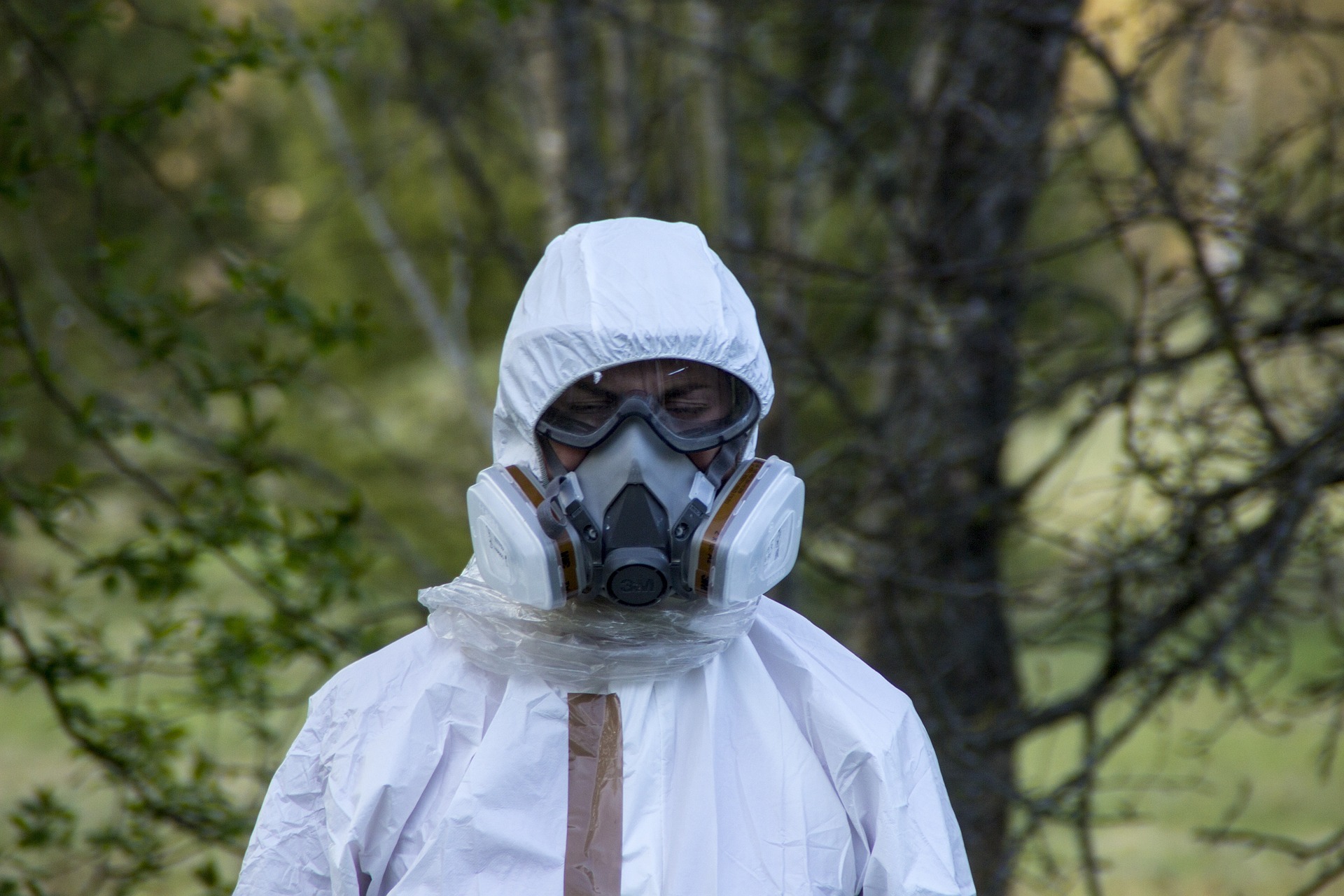

Moisture problems can pose risks to student health and cause serious damage to building integrity. Schools present their own set of challenges with their complex structures and wet areas, like bathrooms, kitchens and locker rooms. While not all moisture problems can be avoided, you can help protect students and faculty by learning how to manage moisture problems and risks. In this guide you’ll:
- Find out what causes moisture and mold problems.
- Learn about common moisture problems.
- Discover how to identify moisture problems in your facilities.
Common Moisture Problems
Moisture problems occur when excess moisture accumulates or becomes trapped in a part of a building that should be dry. They can occur in just about any building, new or old, and can lead to costly building damage. In schools, health risks are a major concern because children are more susceptible to health effects from moisture issues than adults.
Moisture problems usually occur because of poor design, faulty construction practices, or improper maintenance. Poor decisions at any one of these stages can lead to moisture problems.
Some poor design, construction and maintenance decisions that can lead to moisture problems include:
- Building on a site that does not allow for proper drainage,
- Poor design of building enclosures and drainage systems,
- Selection of moisture-sensitive building materials,
- Improperly installed building materials or equipment,
- Installation of wet or moisture-damaged building materials,
- Use of ineffective humidity controls, and
- Inadequate maintenance of building equipment and materials.
These problems can be avoided by incorporating moisture controls into building design. Some of these moisture controls might include:
- Gutter systems,
- Proper drainage planes,
- Effective weatherproofing,
- Humidity controls, and
- Condensation drainage systems.
Common Moisture Problems
All buildings have to deal with interior and exterior sources of moisture. The key is to control moisture so that it doesn’t accumulate where it can do damage.
Unfortunately, many buildings have weak spots where moisture problems are more likely to develop. It is helpful to know where some of these weak spots are, so you can watch out for signs of common moisture problems in these areas.
Here are some of the most common moisture problems that could be affecting your school building:
- Rain or ground water leaks through the roof, walls, windows or foundation
- Plumbing problems, including leaky pipes, spills or flooding caused by backed up sewers
- Water wicking that causes moisture to travel through porous building materials
- Pooling of rainwater, plumbing water and condensation inside the building
- Infiltration of water vapor through building envelope during warm, humid weather
- Exfiltration of water vapor through building envelope during cold weather
- Poor ventilation of wet areas such as bathrooms, locker rooms, pools, kitchens, cafeterias, etc.
- Improper or insufficient humidity control by HVAC system
- Insufficient condensation controls, including poor HVAC system drainage and uninsulated cold surfaces (pipes)
- Enclosure of wet building materials during construction
- Damp basements and crawl spaces
Moisture Damage in Schools
Moisture problems can cause serious damage to building components and moisture-sensitive materials.
Here are some examples of serious building damage that can occur when moisture problems are not addressed:

Excess moisture can cause some building materials to corrode and rust. Source: Peter Alfred Hess, CC2.0
- Damage to paints and varnishes
- Degrading of thermal insulation
- Breakdown of water-soluble building materials (like gypsum board)
- Deterioration (and failure) of roofing and flooring adhesives
- Swelling, rotting and warping of wood building materials
- Damage to brick and concrete due to excess moistures during freeze-thaw cycles
- Corrosion of metal building materials, including wiring, conditioning coils, structural fasteners and metal roofing
- Pest Damage—In the long term, damp conditions can result in molds, bacteria or other pests making themselves at home in your building. These include wood-decaying molds and insect pests, like termites and carpenter ants.
How Can You Tell if Your School Has a Moisture Problem?
Some moisture problems are easy to diagnose. Plumbing leaks, leaky roofs and sewer backups are easy to spot and take care of right away. Other times, moisture problems leave their mark in less visible ways, by dropping hints through building damage or weird smells.
Here are some signs (both obvious and not) that may clue you in to a moisture problem:
1. Water
Standing water is the most obvious sign of a moisture problem. It usually means there’s another building issue that needs to be fixed (like a plumbing problem or a leaky roof) so more serious moisture problems don’t develop.
Whatever the cause, make sure wet areas are dried out within 48 hours to keep other moisture problems from developing. And post cleanup, watch out for other signs of moisture problems (below). They could indicate that the moisture problem has not been totally resolved.
2. Mold
Visible mold growth is another red flag for moisture problems. Mold can grow just about anywhere there’s water, but you’ll most commonly find it growing in moist environments, like bathrooms, or around windows, sinks and water fountains. Cool, damp areas, like basements, are also prime real estate.
3. Musty Smells
Many common strains of mold emit a characteristic odor, so any moldy or musty smells are a pretty sure sign of a moisture problem. This is one of the best ways to find hidden mold and mildew growth that’s not so easy to spot.
4. Excessive Condensation
Water droplets on select cold surfaces, like a cold of glass of water, is normal. But if you start to see condensation other places, it’s a sign that there is too much humidity in the air.
Look for condensation on surfaces like counters, walls, and appliances. Water beading or fog on interior windows is also a sign that interior humidity levels are too high.
Note: Excess humidity is one of the leading causes of moisture problems, so it’s important to look at your school’s HVAC system and humidity controls to see if an adjustment can help fix the problem.
5. Pests
Cockroaches, rodents, carpenter ants and termites (among others) are known to set up camp in moisture-damaged buildings. If you spot any pests or traces of their presence (like droppings or rotted out wood), you may have a bigger problem on your hands than unwanted tenants.
6. Increased Health Symptoms
Moisture problems can trigger increased allergy and asthma symptoms in both children and adults. Symptoms can include coughing, wheezing, headaches and eye irritation. If mold is present, students and faculty can also suffer severe allergic reactions and asthma attacks.
Student health is the main reason for concern, however. Children are at an increased risk for both short- and long-term health effects from moisture problems because their bodies are still developing. Studies have shown that dampness can cause lower respiratory system illnesses in children. Mold exposure has also been linked to the development of asthma in children.
These health symptoms can also affect student learning. Moisture problems can lead to poor indoor air quality, asthma, and allergy symptoms that make it hard for students to concentrate in school. Respiratory symptoms from moisture problems can also affect student attendance. In fact, asthma is the leading cause of absenteeism among students due to a chronic illness.
If there is an increase in the number of students or faculty complaining about these symptoms, a moisture or mold problem could be the culprit.

Water stains on ceilings and walls are an obvious sign of moisture problems. Image: Wendt Commons, CC2.0
7. Cosmetic Symptoms
Moisture problems often become obvious when building finishes start to show signs of damage. Watermarks, sweating, staining, blistering wallpaper, and peeling or discolored paint are all caused by excess humidity or water damage. Trapped moisture can also breakdown adhesives, so look out for loose floor tile and laminates.
8. Damaged Building Materials
If you notice some building materials are suddenly in rough shape (especially after a change in seasons), a moisture problem could be the cause. For example, cracked brick or concrete could be a sign that too much water vapor is traveling through the building enclosure. During the freeze-thaw cycle, this water can expand and contract in building materials and cause visible damage over time.
Long-term exposure can also lead to the corrosion of metal building components, wood rotting, and structural problems if moisture issues are not resolved.
Next Steps:
Mold and moisture problems can lead to serious health effects, infection control risks and structural issues. Be proactive and keep an eye out for any signs of moisture problems, especially hidden ones. Also take time to consider if any areas in your school might be more at risk for moisture problems and check these areas regularly for anything suspicious. Early detection will make for a much more safe and comfortable school, and help prevent costly building damage in the long run.
If you have questions about mold growth and associated health risks in your facility, please contact Dan Taylor at AMI Environmental.We can help you identify at-risk areas of your facilities and methods to prevent future mold growth.
related blogs

Why Indoor Air Quality Investigations is a Necessity in These Times?

Few Important Tips to Help You Select Environmental Consulting Services!




